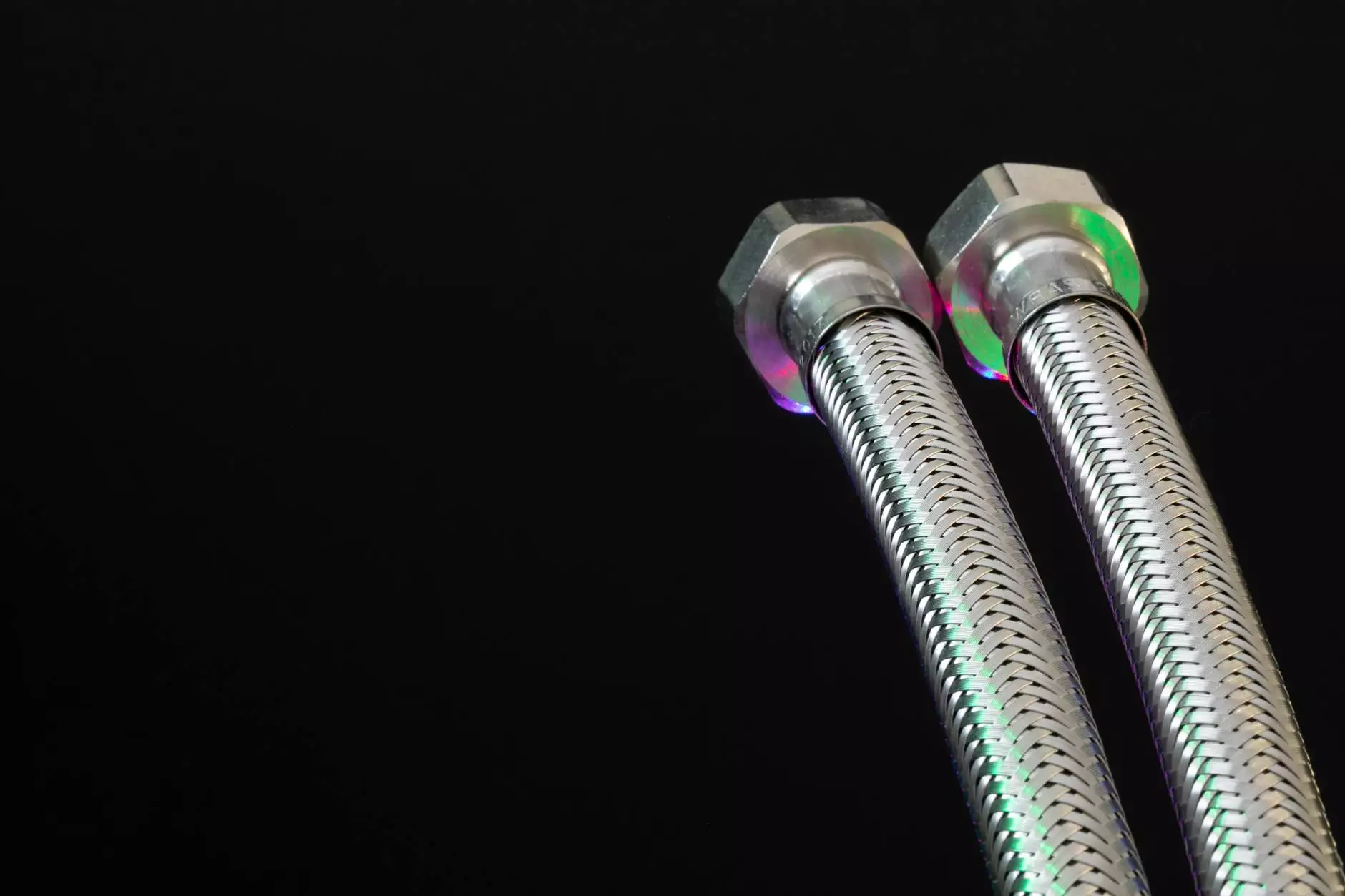BPPV and Tinnitus: Understanding the Connection and Solutions

In recent years, a significant amount of research has focused on the relationship between BPPV (Benign Paroxysmal Positional Vertigo) and tinnitus. These two conditions, while distinct, can often intersect, leading to confusion among sufferers. This article delves into their connection, elucidates their symptoms, and outlines effective treatment strategies. Our aim is to equip you with knowledge and resources to better navigate these conditions, enhancing your understanding of how they affect your health and well-being.
What is BPPV?
BPPV is a disorder arising from a problem in the inner ear, specifically affecting the vestibular system responsible for balance. It occurs when tiny calcium carbonate crystals, called otoconia, dislodge from their normal position in the utricle and migrate into one of the semicircular canals. This misplacement can lead to a sensation of spinning, also known as vertigo, typically triggered by changes in head position.
The Symptoms of BPPV
Individuals suffering from BPPV may experience various symptoms, predominantly:
- Intense dizziness that can occur suddenly and last just a few seconds.
- Spinning sensations when turning over in bed or looking up.
- Nausea or vomiting accompanying the dizziness.
- Balance issues
- Nystagmus (involuntary eye movements).
Understanding Tinnitus
Tinnitus is characterized by hearing sounds, commonly described as ringing, buzzing, or hissing, in the absence of external sound. It can develop from various causes, including exposure to loud noises, ear infections, or underlying health conditions. While tinnitus is not a disease itself, it is a symptom that may be associated with hearing loss.
Common Symptoms of Tinnitus
Tinnitus sufferers often report:
- Constant or intermittent sounds in one or both ears.
- A feeling of fullness in the ear.
- Difficulty concentrating or sleeping due to the noise.
- Increased anxiety or irritability attributed to the condition.
The Connection Between BPPV and Tinnitus
While BPPV and tinnitus are often treated as separate entities, there is a notable connection that can complicate diagnosis and treatment. Research suggests that both conditions may originate from similar sources, such as vestibular dysfunction or inner ear pathology. Indeed, many patients with BPPV also experience symptoms of tinnitus. This overlap can lead to increased dizziness or imbalance when the auditory system is compromised, making diagnosis a challenging feat.
Diagnosing BPPV and Tinnitus
Proper diagnosis is crucial to managing both BPPV and tinnitus effectively. Healthcare professionals typically employ various methods:
- Clinical evaluation: A thorough history and physical examination focusing on ear, nose, and throat issues.
- Balance tests: Assessing the vestibular function through tests such as the Dix-Hallpike maneuver.
- Audiological assessments: Hearing tests to evaluate the presence and severity of tinnitus.
Effective Treatment Options for BPPV and Tinnitus
The treatment strategies for BPPV and tinnitus can vary based on the specifics of each case, but there are several options worth considering:
Managing BPPV
For BPPV, several therapeutic maneuvers have proven effective:
- Epley Maneuver: A series of head and body movements to help relocate the dislodged crystals.
- Semont Maneuver: A less common alternative that can also assist in repositioning otoconia.
- Vestibular rehabilitation therapy: Exercises designed to help the brain adapt to the disruption in signals from the vestibular system.
Addressing Tinnitus
Though there is no definitive cure for tinnitus, several treatments can help manage symptoms:
- Cognitive Behavioral Therapy (CBT): To help modify the emotional response to tinnitus.
- Sound therapy: Utilizing background sound to mask the perceived ringing in the ears.
- Hearing aids: For those with hearing loss, hearing aids can amplify external sounds, making tinnitus less noticeable.
Self-Care Strategies for Managing BPPV and Tinnitus
In addition to professional treatment, individuals can implement various self-care techniques to relieve symptoms:
- Maintaining a healthy diet: Foods rich in antioxidants can support overall ear health.
- Staying hydrated: Adequate hydration can reduce the risk of dizziness.
- Avoiding caffeine and alcohol: These substances can exacerbate tinnitus symptoms.
The Role of Hearing Aid Providers
Professional audiologists and hearing aid providers, such as those at Summertown Audiology, play a vital role in diagnosing and managing hearing-related issues, including tinnitus. They can assist in:
- Conducting comprehensive auditory evaluations.
- Providing personalized treatment plans based on individual needs.
- Offering support and counseling for those struggling with tinnitus.
Conclusion
In conclusion, the intertwining of bppv and tinnitus can pose challenges for those suffering from both conditions. Understanding these disorders, their symptoms, and effective management strategies is pivotal for improving quality of life. By working closely with hearing professionals like those at Summertown Audiology, patients can find tailored solutions designed to alleviate their symptoms and enhance their overall well-being.
Call to Action
If you or someone you know is experiencing symptoms related to bppv tinnitus, we encourage you to contact Summertown Audiology for a thorough assessment and personalized care plan. Take the first step towards better hearing health today!









